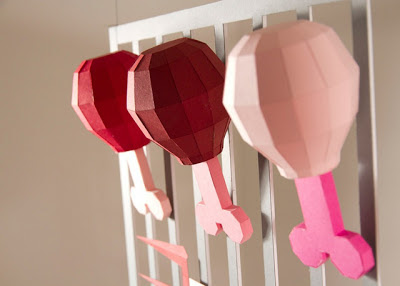The cell uses a special lens-based concentrator system, which focuses sunlight onto the cell to help improve the efficiency Once the light's focussed, a stack of three photo-absorption layers convert it into electricity. Even then it's no mean feat to squeeze out an efficiency of 44.4 percent, and the process saw Sharp invest a huge amount of time in tuning the device's dimensions to focus the light properly and reduce losses between layers.
While it's impressive, you probably won't see one strapped to the roof of a house any time soon. Devices this exotic are more likely to end up on a spacecraft in the first instance, where efficiency trumps cost every time. That's not to say it won't ever make it to the domestic market—it might just take a little time. More here.

















































